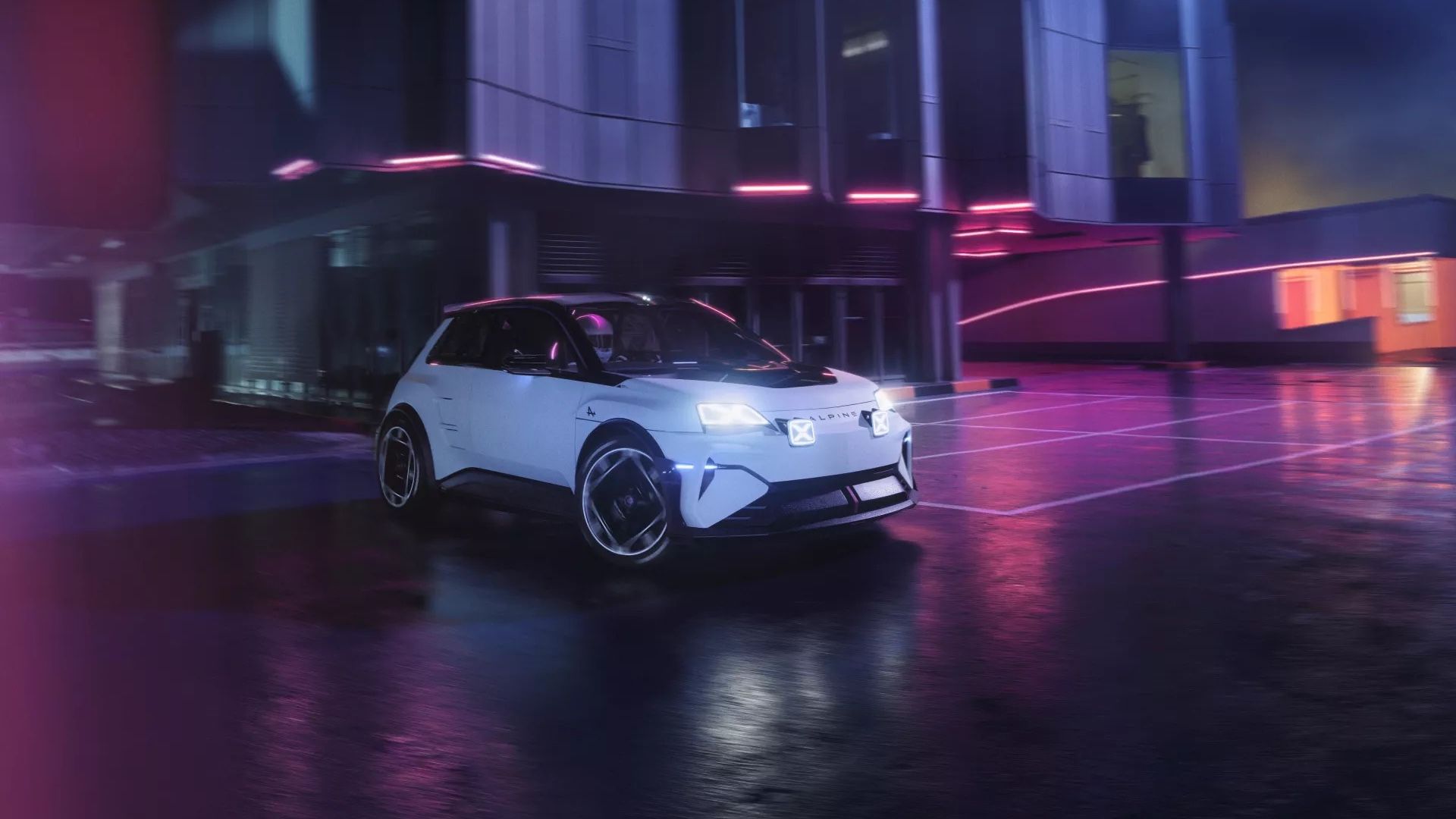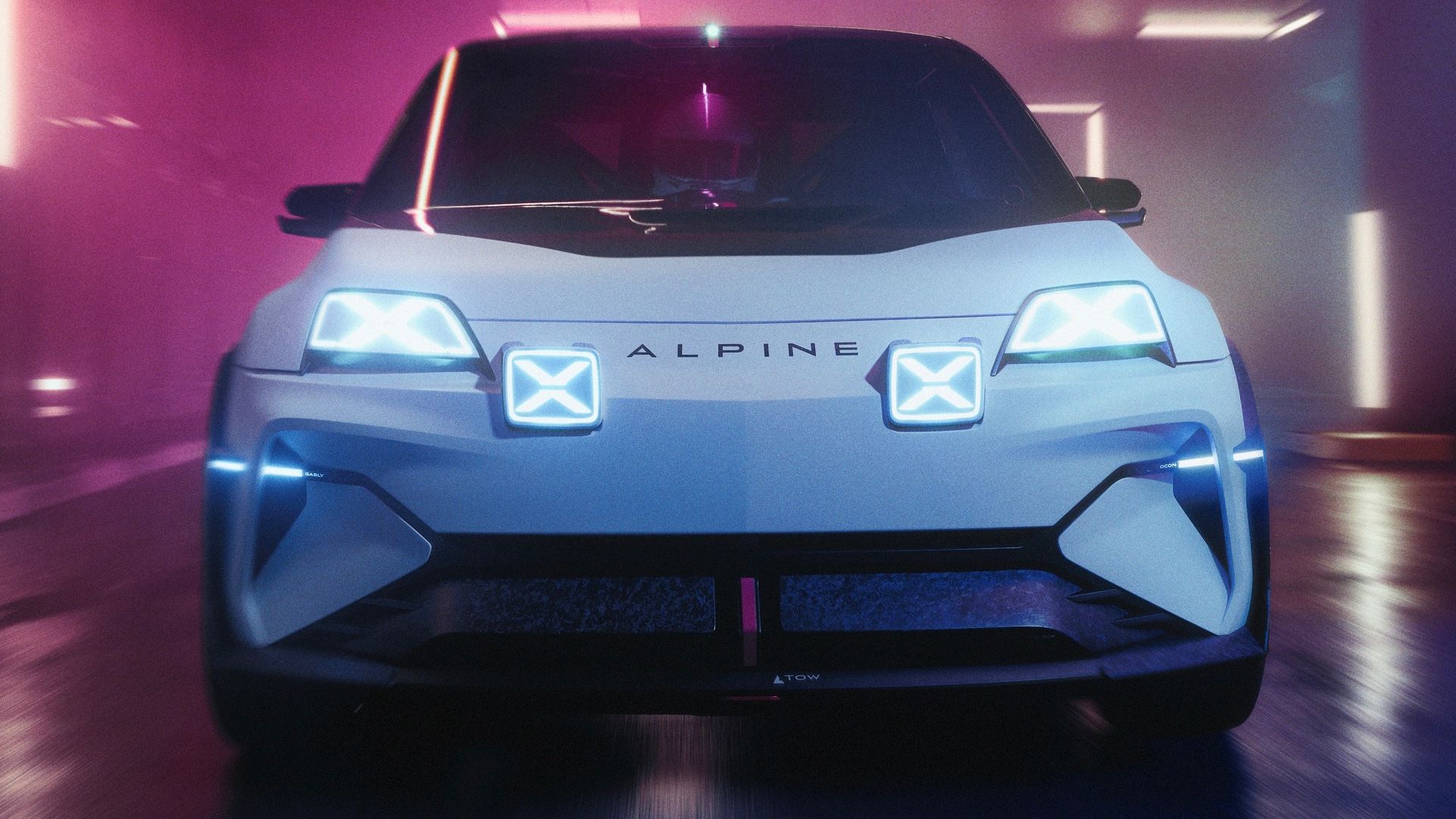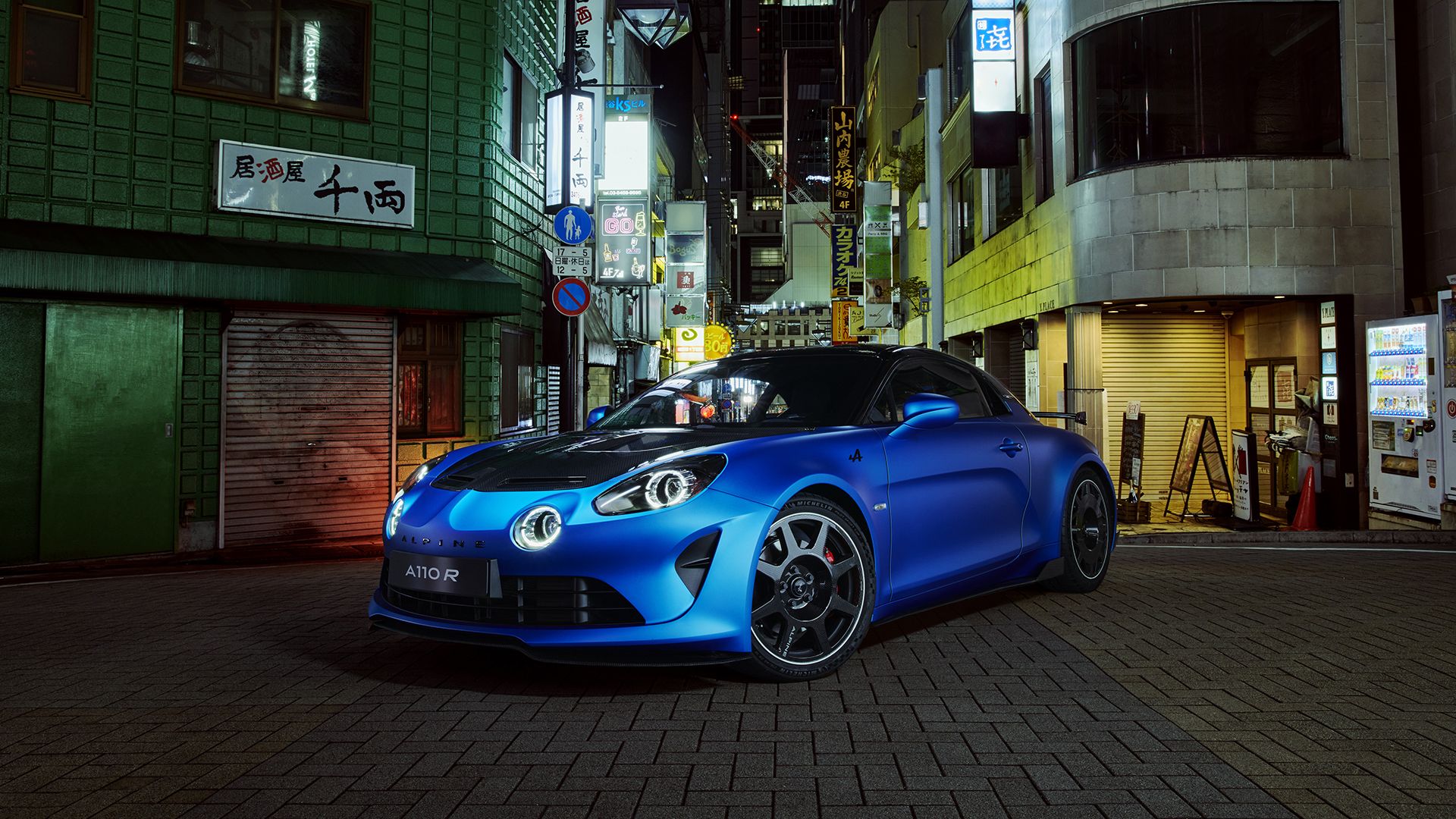BMW Group’s Dingolfing plant in Germany plans to utilize heat generated from regional biomass and its own waste wood to fulfill about 50% of its process hot water requirements, starting from 2025. The company has signed a supply contract with UP Energiewerke GmbH, a subsidiary of Stadtwerke Dingolfing and Bayernwerk Natur, for the delivery of approximately 100,000 MWh of thermal energy per year. This initiative is expected to save the plant around 20,000 tonnes of CO2 emissions annually, compared to conventional fossil fuels.
The agreement forms a crucial part of the plant’s future energy mix, offering regional and renewable sources of green heat. Christoph Schröder, the Plant Director, emphasized the importance of biomass as a renewable energy source, stating that it will contribute to lowering overall CO2 emissions by 10 to 15% per year.
The energy supplies are scheduled to commence by Q2 of 2025. The 20-year supply contract involves the purchase of thermal energy outputting nearly 100,000 MWh annually. The heat will be generated at a new biomass heating plant in Dingolfing, close to the BMW Group vehicle plant.
Since 2010, the Dingolfing public works department has operated a biomass heating plant that supplies heating to public buildings and private households in the southeastern part of the city. The new heating plant will be built in collaboration with E.ON subsidiary Bayernwerk Natur, through UP Energiewerke GmbH, a joint venture with equal partnership from both parties.
The heating plant, costing around €35 million, will consist of three boilers that operate year-round. It will also be equipped with its own pallet and waste-wood shredder. Underground pipes will transport the locally sourced heat to the energy center at the BMW Group vehicle plant, where it will be distributed across the site. Construction of the plant is set to commence in late 2023.
The biomass used for fuel will include the BMW Group’s own untreated waste wood, as well as wood sourced from regional forestry within a 60-kilometer radius of Dingolfing. The supply of wood will be managed by Biomasse Vertrieb Ostbayern (BVO) GmbH, supported by local forest owners and the Dingolfing public works department. The use of wood chips from sustainable forestry helps reduce CO2 emissions as the released CO2 during combustion is balanced by the CO2 absorption during plant growth.
The completion of the biomass heating plant project signifies a successful partnership between the city of Dingolfing and BMW Group Plant Dingolfing in reducing CO2 emissions and maintaining the region’s status as an industrial hub. The plant’s director, Christoph Schröder, expressed the company’s belief that regional biomass availability and power-to-heat technologies will play a vital role in its heating strategy, reducing reliance on fossil fuels like gas and oil.
About BMW Group Plant Dingolfing
BMW Group Plant Dingolfing is the largest production site for BMW in Europe. It produces over 1,500 vehicles per day, including models like the BMW 4 Series, 5 Series, 6 Series, 7 Series, and 8 Series, as well as the fully electric BMW iX. With a workforce of more than 18,000 employees and 850 apprentices, it is not only the largest employer in the region but also a significant industrial production and vocational training facility in Germany.
In addition to vehicle production, Dingolfing plant manufactures vehicle components such as pressed parts, chassis, and drive systems. It is also the global Competence Centre for E-Drive Production, supplying electric motors and high-voltage batteries to BMW Group vehicle plants worldwide for the production of plug-in hybrids and electric models. Additionally, the facility produces car bodies for Rolls-Royce models and operates the Dynamics Centre, a key storage and transshipment facility for BMW and MINI original parts and equipment.







